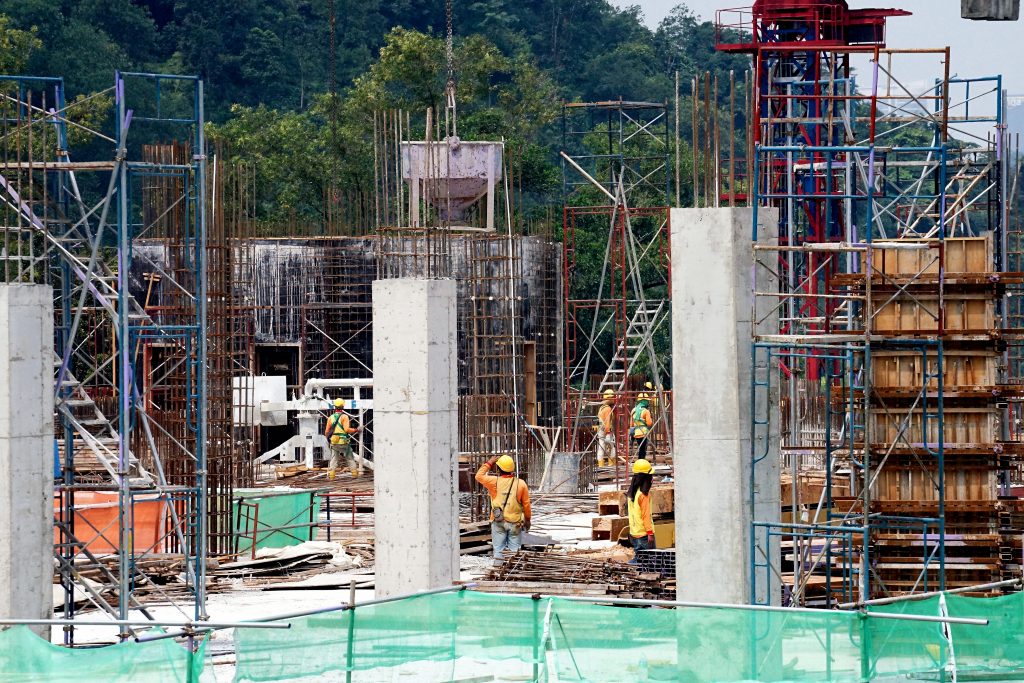
THE decline in retail liquidity on Bursa Malaysia has been underway since June, therefore, denying fears of a “retail participation cliff”, according to Nomura Holdings Inc.
It will follow a gradual decline instead of an “abrupt cliff” beyond October after the end of the six-month loan moratorium, the investment bank stated in a report yesterday.
The report titled “Malaysia Equity Study” stated that worries over retail flows drying up after the blanket moratorium ends in September is “exaggerated” as retail liquidity has been declining since June following the rise in loan repayments although borrowers are still eligible for the moratorium.
Retail participants have on average bought RM1.5 billion monthly in Malaysian stocks since March.
The report highlighted data from Bank Negara Malaysia on loan repayment which revealed that there has been a rise in monthly repayments of RM77 billion in April, which is at the start of the moratorium, to RM102 billion in July as borrowers have incrementally increased partial payments.
“As such, the gap in monthly repayments year-on-year (YoY), which was RM31 billion in April, shrunk to only RM6 billion in July.
“If we assume the gap in loan repayment YoY can be taken as a proxy for liquidity that can be invested in the stock market, we can argue that fears of retail participation cliff in October on the expiry of moratorium might be exaggerated as the incremental liquidity from the loan moratorium has shrunk from 55% of Bursa’s monthly turnover in April to 5% in July.
“Another point to note is that loan repayments are unlikely to fully revert to levels of last year due to the 125-basis-point of Overnight Policy Rate cuts in 2020, suggesting even lower liquidity shortfall in October, in our view,” said the report.
The firm also set a year-end target for the FTSE Bursa Malaysia KLCI (FBM KLCI) at 1,570 points while its target for the financial year 2021 (FY21) is set at 1,720 points on the back of a recovery in the economy.
Nomura’s top picks for the next 12 months are stocks from financials, construction, transport/logistics, energy and utilities, conglomerates, hospitals, gloves, telecommunications, semiconductors and EMS.
The report expects a V-shaped earnings recovery for FBM KLCI universe aggregate profits in FY21, especially led by banks and healthcare, including glovemakers.
“However, within sectors, the shape of the earnings curve differs materially. Specifically, we note that sectors such as telecommunications, energy, financials, hospitals and materials are likely to see almost complete V-shaped recovery.
“Nevertheless, sectors such as aviation are still seeing an L-shaped earnings curve due to the prolonged travel bans,” it said. An L-shaped curve refers to a persistent slowdown with no recovery in sight.
On the financial sector, the report stated that banks, which have reported a large net modification loss, would gradually see a positive impact from unwinding of the loss as regular loan instalment resumes.
It added that banks, which have the largest modification loss as a proportion of the net interest income (NII) including Islamic banking income, are likely to see larger tailwinds to earrings, all else remaining the same.
“While banks differ in their average tenor of loans and estimated unwinding timeline, simplistically, if we assume a 25% unwinding every year, we find banks like RHB Bank Bhd, Public Bank Bhd and Hong Leong Bank Bhd stand to see the largest reversal of modification loss as a percentage of their FY20F NII and Islamic banking income,” it added.
Other sectors that the firm is looking at positively is the construction sector which expects a strong earnings inflexion in the coming quarter due to the resumption of construction activities, property sales and revenue recognition as well as toll traffic almost resuming to levels before Covid-19.
“On Malaysian mega-projects, we expect greenlighting of the East Coast Rail Link (with a slightly higher project value of RM50 billion after the realignment of Section C from Mentakab to Port Klang), although spillover from this to larger contractors has been slow so far.
“We might see a greenlighting of the Mass Rapid Transit Line 3 (MRT3) project in November’s budget announcement which can serve as a continuation of the MRT2 project which is going to wind down by 2022,” it said.

